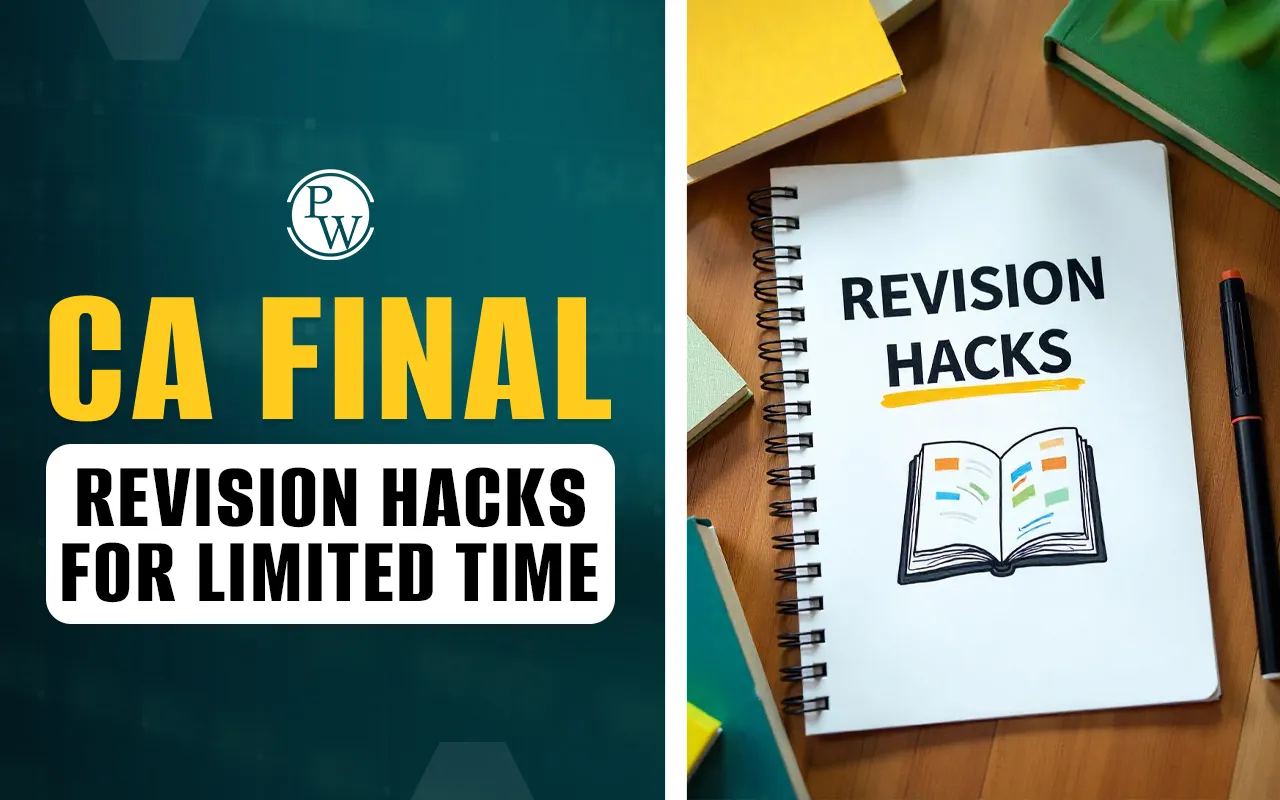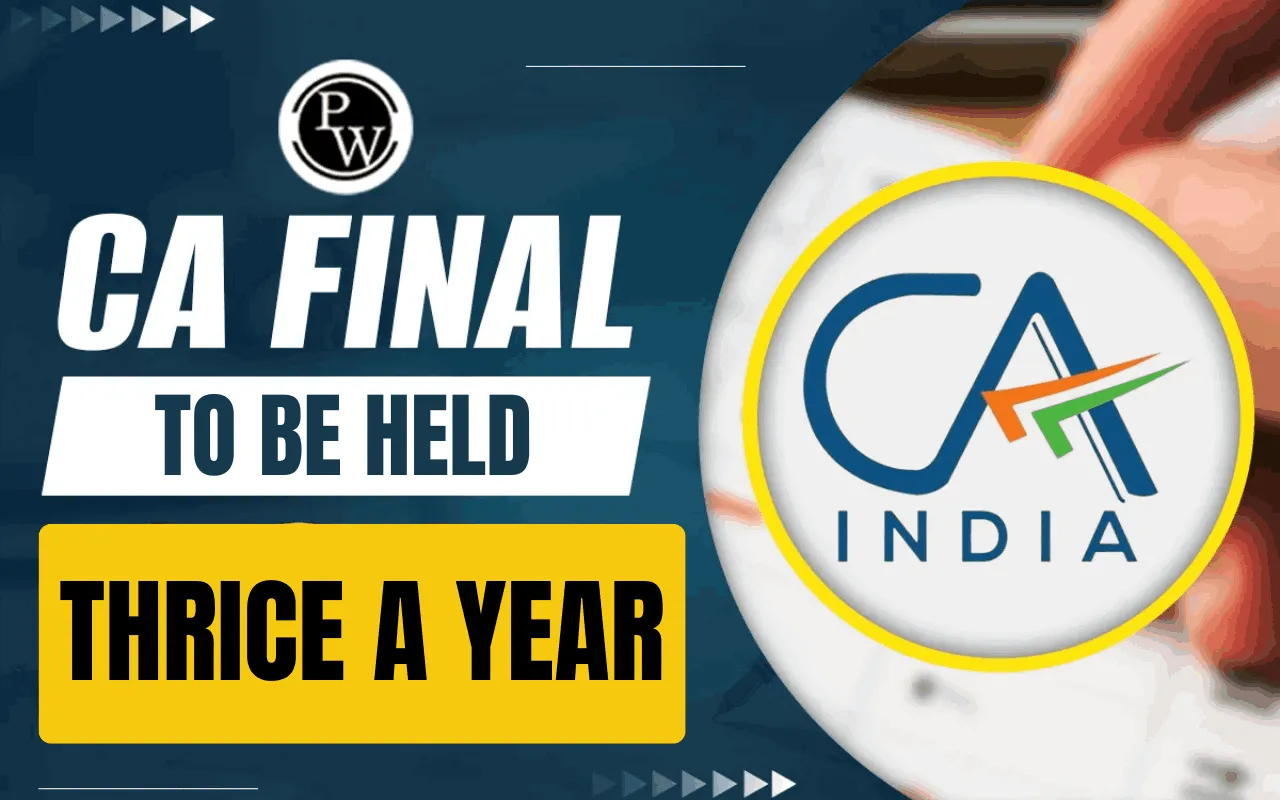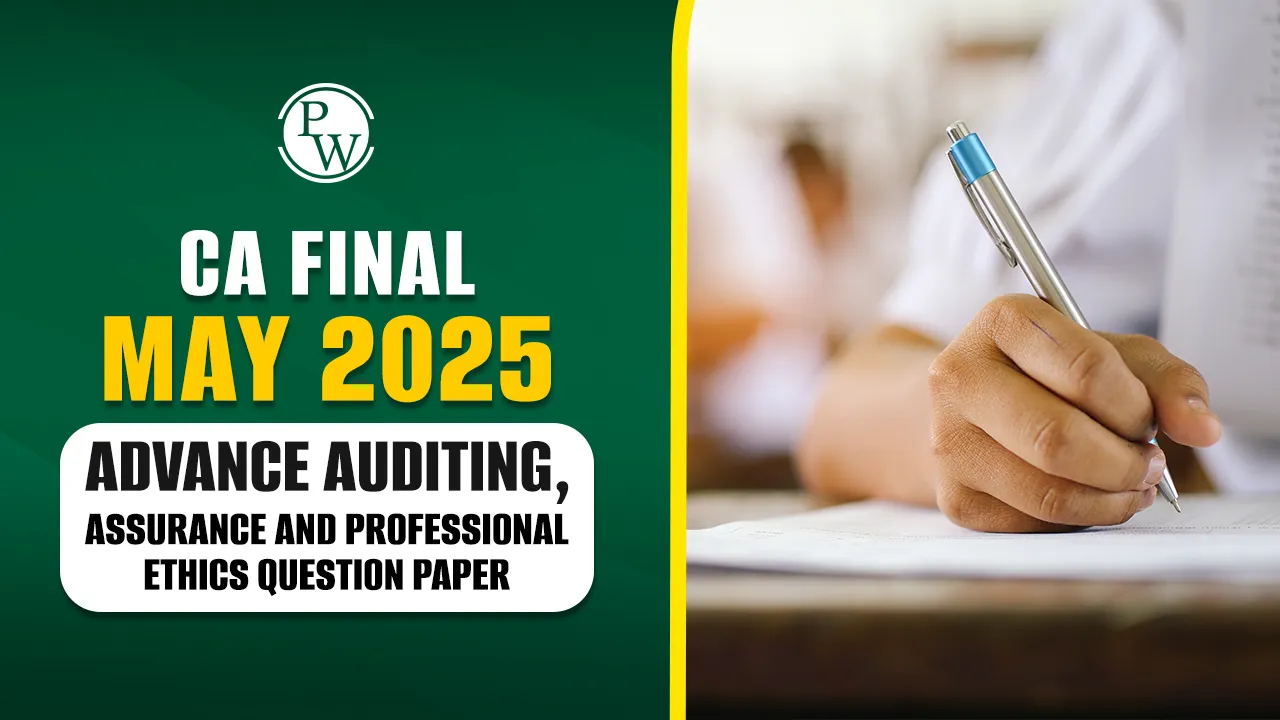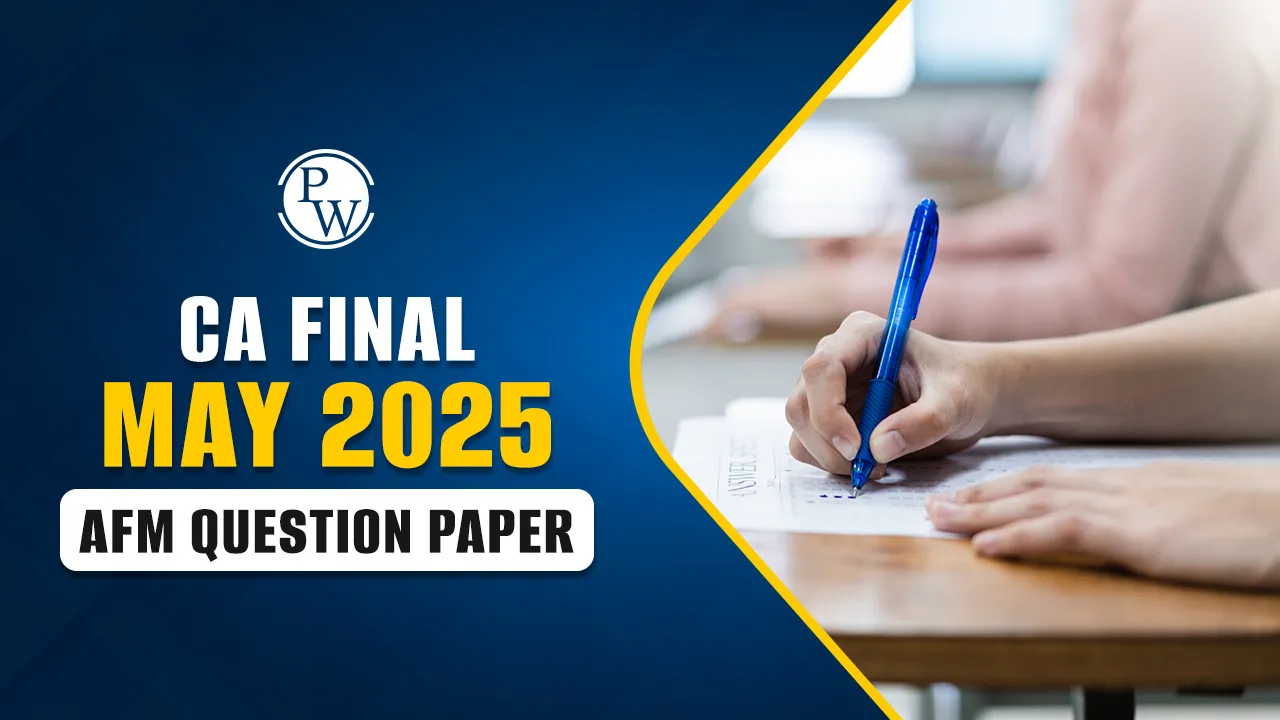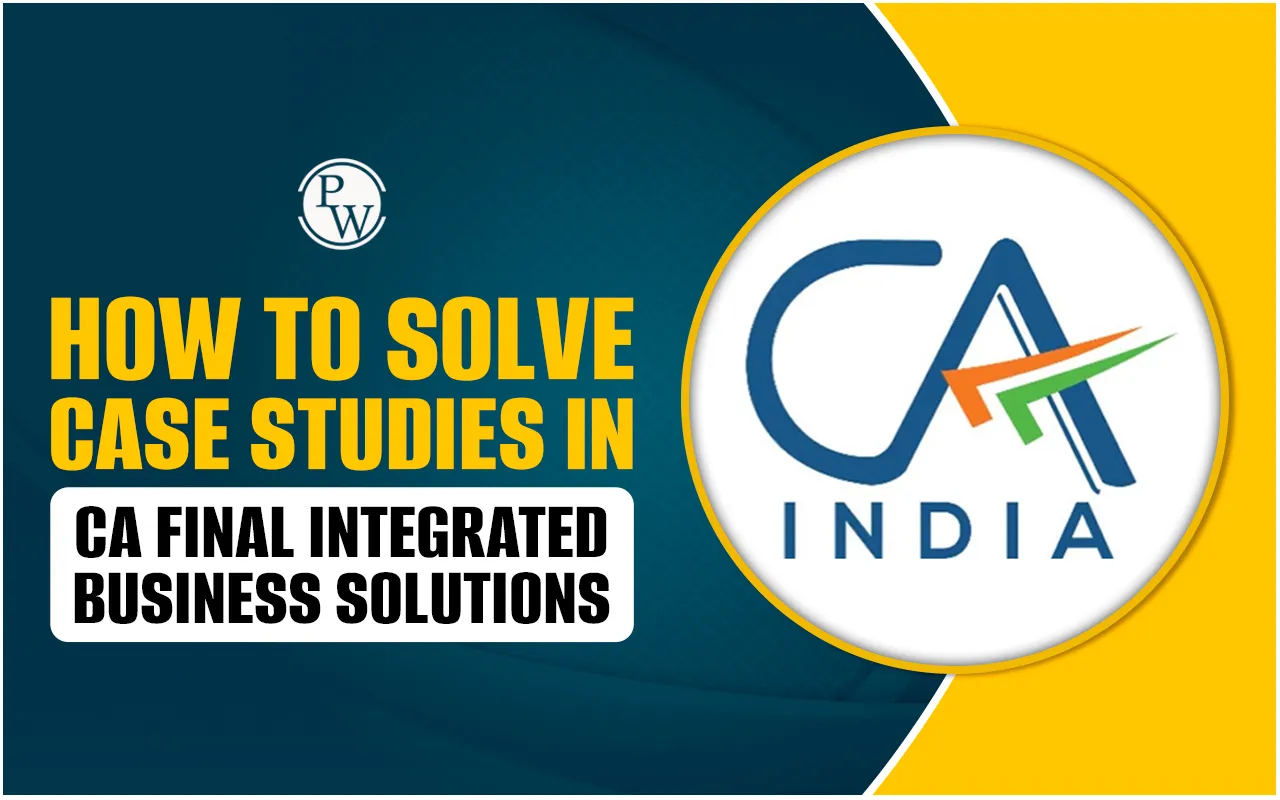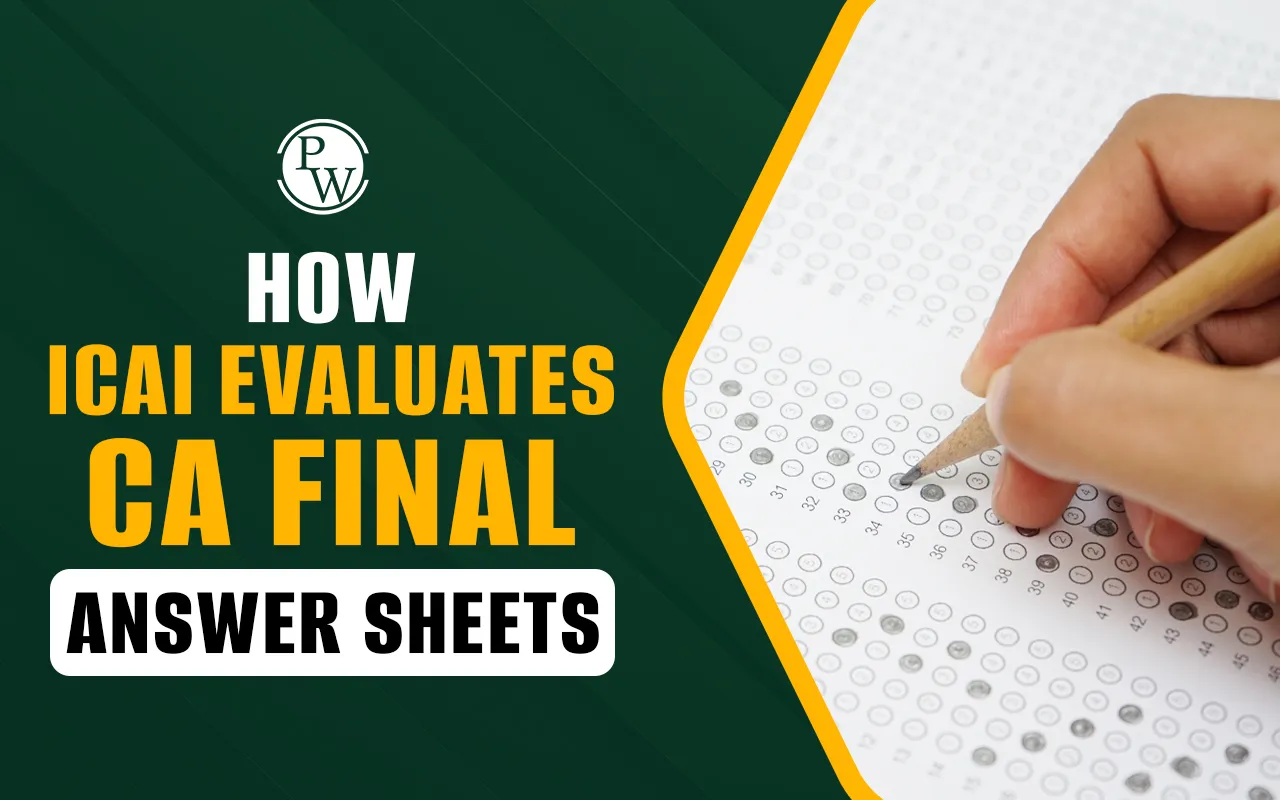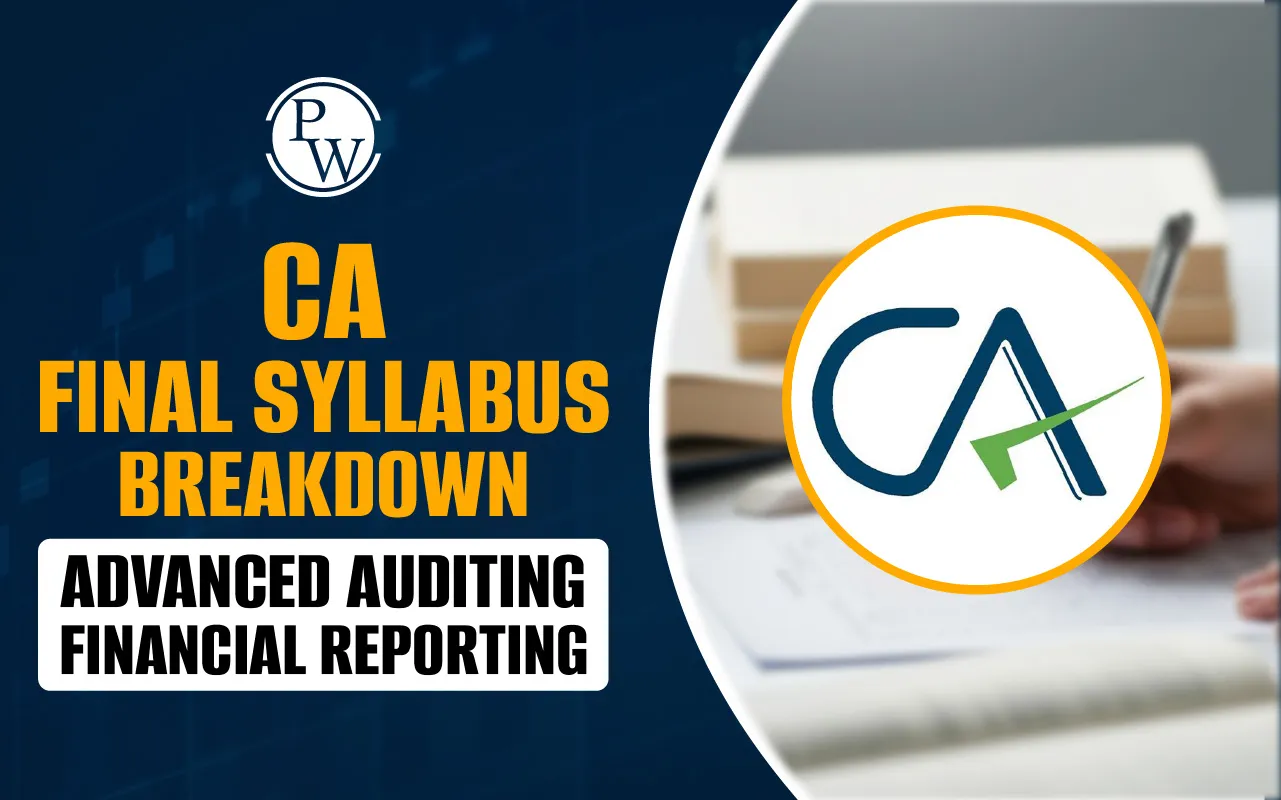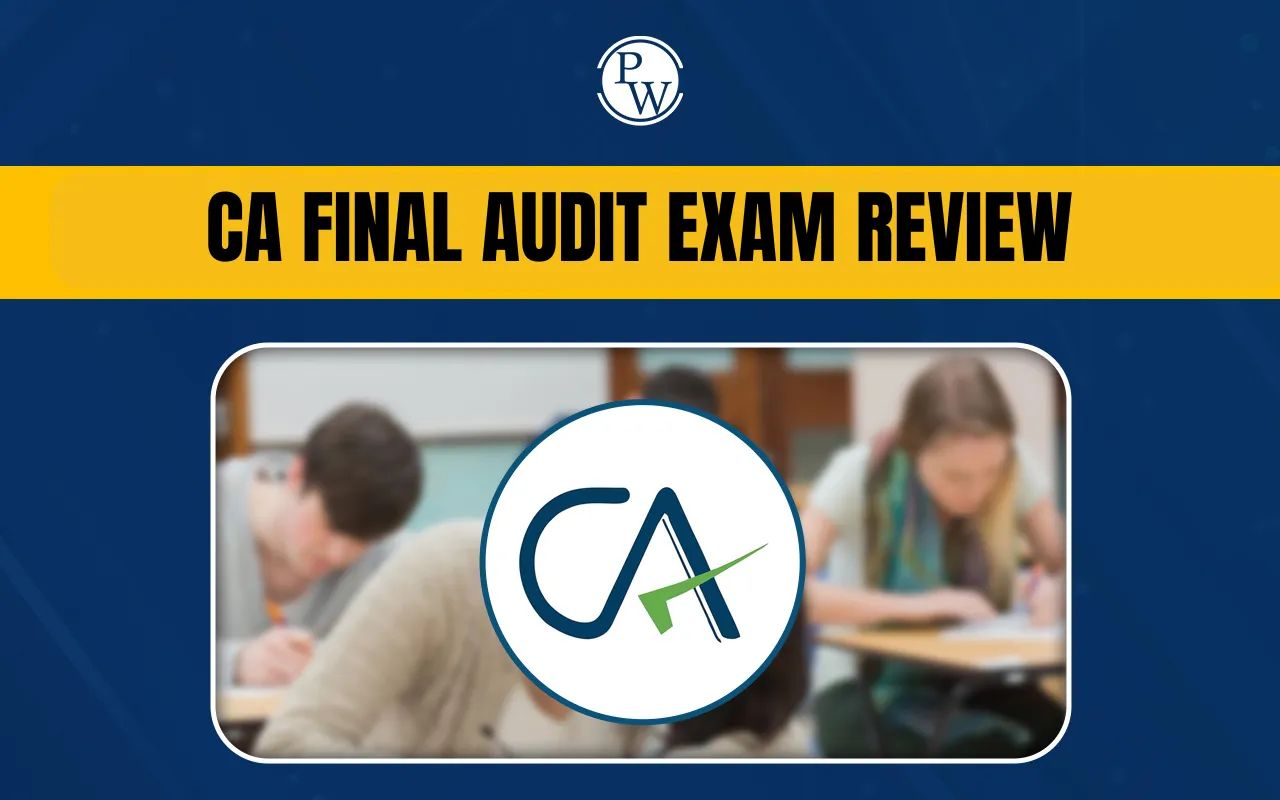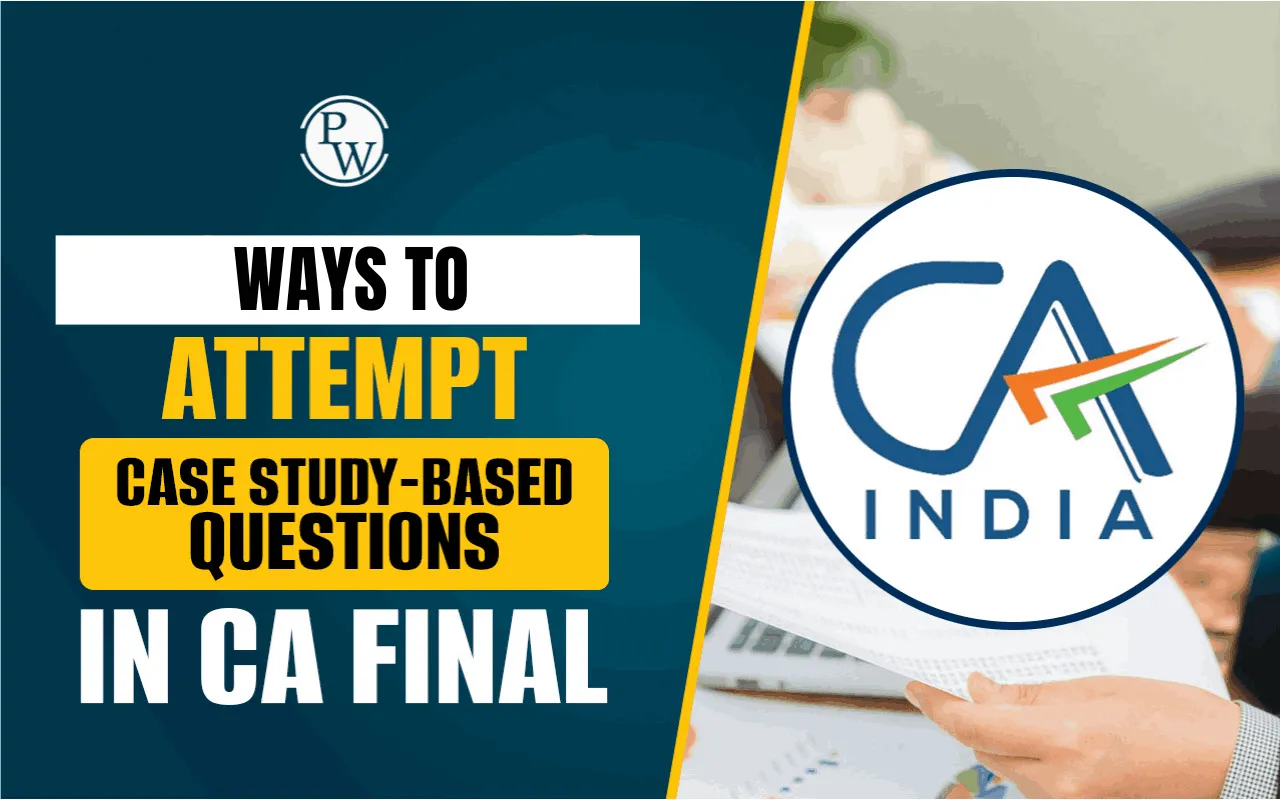
The CA Final Answer Sheets are the ultimate deciding factor for students who have poured years of hard work and dedication into the Chartered Accountancy journey. The Institute of Chartered Accountants of India (ICAI) follows a structured and stringent evaluation process to ensure fairness and accuracy.
But what goes on behind the scenes? How does ICAI assess the CA Final Answer Sheets to determine a student’s success? Read about the entire evaluation process, clearing myths and helping CA aspirants understand what truly matters in their answers.
Role of ICAI in Evaluating CA Final Answer Sheets
ICAI has a robust and standardized process in place for checking CA Final Answer Sheets. Each sheet undergoes multiple levels of scrutiny to ensure impartial and just marking. The evaluation starts with the allocation of answer sheets to experienced examiners who follow the marking scheme prescribed by ICAI. Examiners are strictly instructed to adhere to the guidelines to maintain uniformity in checking.
The CA Final exam marking scheme provides clear instructions on awarding marks for each question. If a student has attempted a question partly but has shown the correct approach, partial marks may be granted. Similarly, ICAI ensures that no examiner has complete discretion in marking, reducing the chances of inconsistency.
Key Factors Considered While Checking CA Final Answer Sheets
ICAI does not follow a black-and-white approach to marking. Instead, the examiners assess CA Final Answer Sheets based on several crucial factors:
1. Conceptual Clarity and Application of Knowledge
A student’s ability to understand and apply concepts is the most critical criterion. The evaluation focuses on whether the answer demonstrates conceptual clarity rather than just a mechanical reproduction of theoretical points. Examiners check if the student has applied logical reasoning and professional judgment in solving problems.
2. Presentation and Structure of Answers
Neatly presented answers with proper headings and subheadings fetch better marks than unstructured responses. Even if two students write the same content, the one who structures their answer well will likely score higher. ICAI examiners appreciate clarity and brevity, so writing in a systematic and professional manner makes a significant difference.
3. Stepwise Marking System
For practical subjects like Financial Reporting, Strategic Financial Management, and Direct Tax, ICAI follows a stepwise marking pattern. Even if a student makes a minor calculation error, marks are allotted for correct steps. This means that even if the final answer is incorrect, students can still score marks if the approach and methodology are correct.
4. Use of Technical Terms and ICAI Prescribed Formats
ICAI expects students to use precise technical terms and proper formats while answering practical questions. For example, if a question requires a Balance Sheet presentation, deviating from the prescribed format may lead to mark deductions. Examiners are instructed to be strict with format-related errors.
Myths and Misconceptions about CA Final Answer Sheets Evaluation
Despite ICAI’s transparent process, several misconceptions still prevail among students. Many fear unfair deductions or rushed evaluations, which can lead to unnecessary stress and self-doubt. Let’s clear some common myths about the evaluation process.
Does ICAI Deduct Marks Intentionally?
One of the biggest myths among CA students is that ICAI deliberately deducts marks to maintain low pass percentages. However, this is not true. ICAI follows a transparent evaluation process, and marks are awarded based on performance rather than a predetermined pass rate.
Do Examiners Have a Time Constraint While Checking Papers?
Many students believe that examiners check CA Final Answer Sheets in a hurry, leading to errors in marking. While it is true that examiners have deadlines, ICAI ensures that quality checks are in place. A single answer sheet is often reviewed by multiple evaluators to eliminate discrepancies.
Can Handwriting Impact Marks?
ICAI does not deduct marks for poor handwriting unless the answer is completely illegible. However, neat handwriting helps examiners understand the response better, potentially leading to better evaluation.
Is Re-evaluation Possible for CA Final Answer Sheets?
ICAI does not offer re-evaluation but provides an option for verification. Students can apply for a verification process where ICAI ensures that all answers have been checked and no marks have been left unallotted.
Tips to Maximize Marks in CA Final Answer Sheets
To maximize marks in CA Final Answer Sheets, students need to focus on clarity, precision, and proper structuring of their answers. Even the most knowledgeable students can lose marks due to poor presentation and lack of time management.
Writing Precise and Structured Answers
ICAI values precision. Instead of writing lengthy, redundant explanations, it is advisable to focus on quality over quantity. Structuring answers properly using paragraphs, headings, and subheadings improves readability and scoring potential.
Time Management During the Exam
Time management plays a crucial role in CA Final exams. Many students fail to complete their papers due to a lack of practice in writing under timed conditions. Practicing mock tests and solving previous year’s CA Final Answer Sheets can significantly help in time allocation.
Quoting ICAI’s Guidelines and Case Laws
For subjects like Law and Taxation, referencing ICAI guidelines, case laws, and relevant sections can add credibility to answers. Examiners appreciate when students back their answers with appropriate references, demonstrating their knowledge and depth of understanding.
Practicing Past Year Papers
Practicing ICAI’s past year CA Final Answer Sheets can help students understand the exam pattern and how answers are expected to be structured. Analyzing toppers’ copies available on ICAI’s website can provide great insights into answer presentation.
The evaluation of CA Final Answer Sheets by ICAI is a meticulous process that ensures fairness and accuracy. Students should focus on conceptual clarity, structured presentation, and technical correctness to maximize their scores. Myths regarding ICAI’s evaluation system should not deter students from putting in their best effort.
FAQs
How does ICAI ensure fairness in evaluating CA Final Answer Sheets?
Can a student apply for re-evaluation of CA Final Answer Sheets?
Does ICAI give marks for partially correct answers in CA Final Answer Sheets?
Can a student fail due to poor handwriting in CA Final Answer Sheets?

